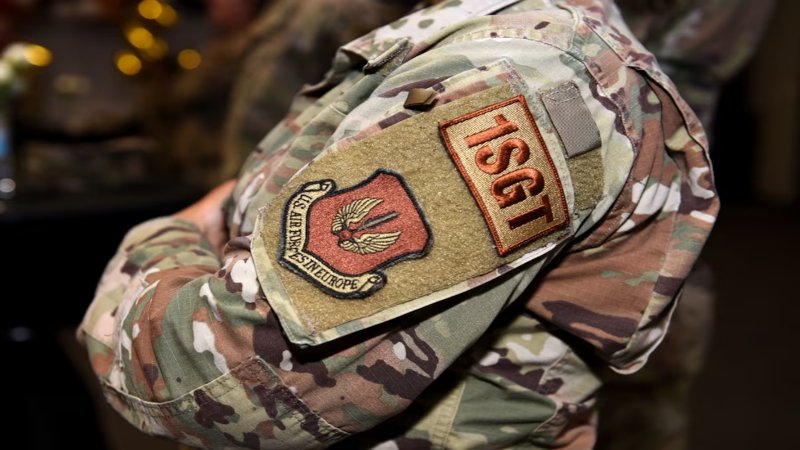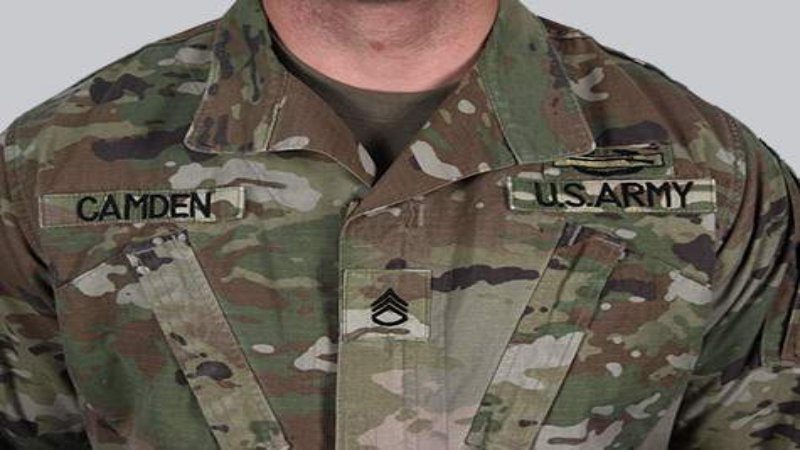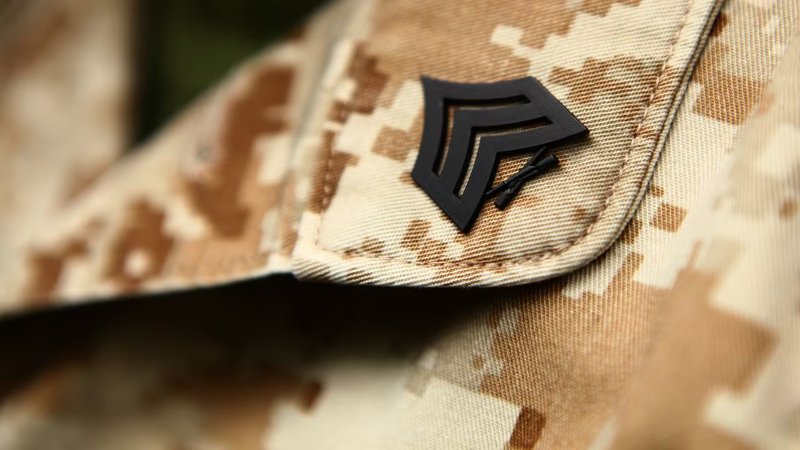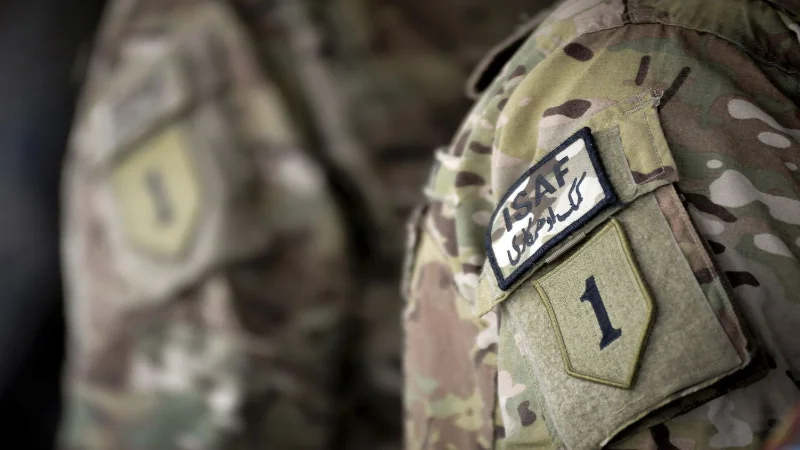Military Patch Placement Guide: Army, Navy, Air Force, Marines
Understanding military uniform regulations, especially patch placement can be tricky. New recruits, experienced personnel and even family members often face confusion leading to errors and potential violations. This guide provides clear instructions and visual aids, ensuring confident and correct patch placement, maintaining a professional military appearance and avoiding potential issues. Let’s start!
1. Understanding Military Patch Placement Regulations
1.1 Why is Patch Placement Important?
Proper military patch placement is paramount. It signifies adherence to military uniform guidelines, promoting a unified and professional image. Correct placement accurately represents rank, unit affiliation and branch of service. It’s a display of discipline and respect for military traditions. Incorrect placement can lead to disciplinary action and undermine the professional image of the individual and their unit.
1.2 General Patch Placement Guidelines
Fundamental patch placement principles apply across military branches though specifics vary. Patches are typically affixed to sleeves, chests or hats, adhering to size and type regulations determined by the branch of service. Proper placement of name tapes and rank insignia is critical. Consistent and correct placement ensures uniformity and aids identification.

1.3 Where to Find Official Regulations
Consult official resources for accurate, up-to-date regulations. Each branch publishes detailed guidelines regarding insignia placement rules and authorized patches. These official sources provide the most comprehensive and accurate information to ensure compliance. Regularly checking these resources for updates is crucial for maintaining correct patch placement.
2. Branch-Specific Patch Placement Guides
2.1 US Army Patch Placement
This section details US Army uniform patch placement. Detailed diagrams and visual examples illustrate correct placement on various uniform types. It covers common patches like name tapes, rank insignia, unit patches, combat patches and special skill badges. Placement variations specific to the Army are addressed in order to ensure accurate and compliant placement for all personnel.

2.2 US Air Force Patch Placement
This guide focuses on Air Force patch placement regulations. Similar to the Army section, it uses diagrams and examples for clarity. Instructions cover Air Force-specific patches, including occupational badges and address any unique placement requirements. It ensures Air Force personnel maintain compliant and professional uniform appearances.

Navy uniform regulations and patch placement are detailed here, including instructions for rating badges, name tags and other Navy insignia. Diagrams clarify placement on different Navy uniform types. Accurate placement of insignia is vital for correct identification. The guide emphasizes attention to specific Navy uniform regulations.

2.4 US Marine Corps Patch Placement
This guide covers Marine Corps uniform regulations, emphasizing unique traditions and guidelines. Clear instructions, diagrams and examples illustrate the correct placement of Marine-specific patches and insignia. The guide ensures all Marines maintain a proper uniform appearance, aligning with core values and regulations.

3. Tips for Sewing and Maintaining Military Patches
3.1 How to Sew on Military Patches Correctly
Sewing patches securely requires precision. You can use a needle and thread appropriate for the patch and uniform fabric. Employ a strong, durable stitch such as a backstitch or a whip stitch for secure attachment. You begin by positioning the patch accurately. Even stitching ensures a professional look. Visual aids such as diagrams and videos can enhance understanding. Proper sewing techniques ensure the patch’s longevity.
3.2 Caring for Your Military Patches
Proper care preserves the appearance and longevity of military patches, especially commemorative or custom-made ones. Cleaning methods vary depending on the patch material. Gentle hand washing or spot cleaning is often preferred for delicate patches. It avoid harsh chemicals or abrasive cleaning methods. Proper storage, away from direct sunlight or moisture, helps maintain their condition.

4. Related Questions
4.1 What happens if I place a patch incorrectly?
Incorrect patch placement can have consequences ranging from informal corrections to formal disciplinary actions. The severity depends on the error and context. Misplaced insignia can affect unit cohesion and professional standards. Always seek clarification from superiors when unsure about placement.
Purchase authorized military patches only from reputable sources. Unauthorized vendors may sell incorrect or substandard insignia. Official military suppliers or authorized retailers ensure authenticity. For custom-made patches, you ensure compliance with regulations before ordering. Consult your chain of command if you have concerns about sourcing patches.
4.3 Are there any exceptions to the standard patch placement rules?
Yes, while standard patch placement rules generally apply, some exceptions exist for specific roles or situations. You consult the most recent official regulations for your branch of service. Clarification from your chain of command is crucial for any unusual circumstances or exceptions. Following official guidelines is paramount for maintaining uniformity and standards.
Read more:
- USPS poly mailers: Sizes, regulations & where to buy
- How to print on poly mailers: Methods, costs and eco-friendly options
- How to make custom poly mailers: Design, print & order
Correct military patch placement is essential for professionalism, adherence to regulations and upholding military traditions. Accurate placement reflects unit affiliation, rank and service branch, contributing to a cohesive and disciplined military image. Consult official resources for updates and clarifications; links are provided throughout this guide. You can visit the web of My Pack Love to learn useful knowledge more!


















